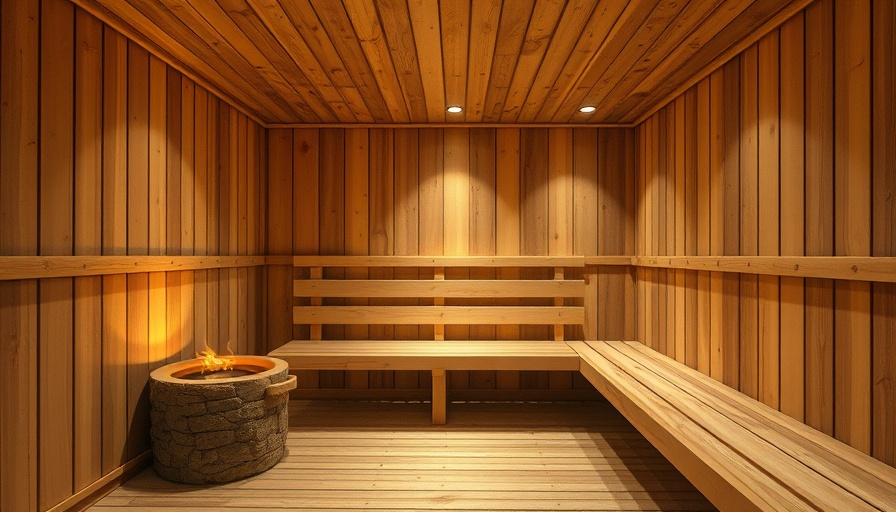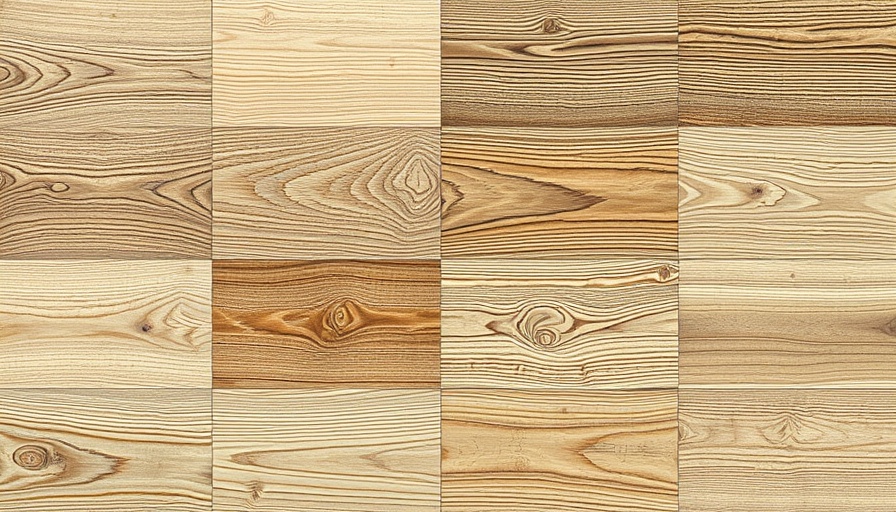
Understanding the Importance of a Shower Curb
Creating a dry, functional bathroom is paramount in any home. One key element that contributes to this is the shower curb. A shower curb acts as a barrier, preventing water from splashing onto the bathroom floor, thus maintaining a clean, dry environment. For homeowners looking to tackle this project themselves, understanding the essential steps and materials is crucial for a successful installation.
Gathering Your Tools and Materials
Before diving into the construction process, ensure you have all necessary tools and materials at your disposal. Based on the type of flooring in your bathroom, you will need specific components:
- Non-corrosive screws to hold elements together securely.
- A waterproof pan liner to prevent any leakage.
- Gloves for protection during work.
- Liner glue to properly secure the pan liner.
- Cement mortar to form a solid curb structure.
- Metal lath for added rigidity.
- Portland cement, which is essential for building a strong base.
- A flat trowel and a knife for precise cutting and smoothing.
Being thoroughly prepared can make the process smoother and more efficient.
Step-by-Step Guide to Building a Shower Curb
Once you have all supplies, you can follow these straightforward steps to construct your shower curb:
- Prepare the Shower Curb: Assess the material needed based on your flooring type. Wooden floors require wood bricks, while concrete floors are best suited with cement bricks. Ensure the curb height allows the shower door to function correctly.
- Apply the Waterproof Pan Liner: This step is critical for ensuring water stays within the shower area. Spread the liner smoothly over the entire shower area, not just the curb section, to provide maximum protection.
- Construct the Curb: Place your chosen bricks or materials to form the curb, ensuring they align properly. Use cement mortar to secure these materials in place. For added support, consider using 2-3 layers, as this will strengthen the structure against water pressure.
- Finish the Curb: Once the mortar has set, you can finish the curb with your choice of surface materials. This could include tiling or a textured finish that matches the rest of your bathroom decor.
Safety and Best Practices
When engaging in a DIY project, safety is paramount. Always wear protective gear, particularly gloves and possibly goggles if you'd be using power tools. Ensure the workspace is clear and organized to prevent accidents. Following a step-by-step approach not only simplifies the process but also mitigates potential mishaps.
Maintaining Your Shower Curb
After successfully constructing your shower curb, ongoing maintenance is essential to ensure its longevity and effectiveness. Regularly check for cracks or gaps that can develop due to moisture over time. Using a sealant periodically can help supplement your curb’s waterproofing and maintain its integrity.
Conclusion: Empowerment Through DIY
Building your shower curb not only addresses practical water management issues but also empowers DIY enthusiasts to take control of their living space. Understanding the materials and steps involved allows homeowners to execute this project confidently, on their terms. Embrace the task with proper preparation, and you will enjoy the satisfaction that comes from completing this home improvement task successfully!
 Add Row
Add Row  Add
Add 


Write A Comment